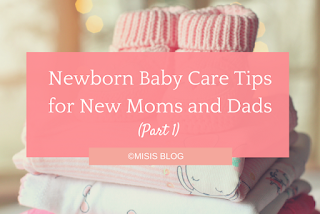There are so many great things about living in a small home — the ease of maintenance, the cozy feel, the cheap utilities. However, small spaces have one big downside:
It’s hard to find places to store all your stuff! If you’re sick of living in a home that feels cramped and cluttered, you need to try these small-space organizing tips.
Give Everything a Place
If you don’t have a designated home for your stuff, it inevitably ends up scattered around the house.Organize each room in your home so everything has a place that makes sense.
If you use something frequently, store it in a convenient spot — you’re more likely to put things away if it’s easy.
Items that you use only a couple times a year can go in harder-to-reach places, such as in the attic or under the bed.
Need more guidance to get your home organized? Family Handyman has eight organizing rules every home should follow.
Use Vertical Space
You already don’t have a lot of square footage in your home. And if you store stuff on the floor, you’ll shrink your home’s livable space even further.Instead of using horizontal space to store your stuff, look vertical.
Narrow shelving units make great use of corners and other awkward spaces, floating shelves add storage without impacting your floor space, and hooks keep frequently used items in arm’s reach.
Add Built-In Storage
If you need to add a lot of storage, built-ins are your best bet.Built-ins like shelves and cabinets dramatically increase your home’s storage capacity without affecting its square footage.
Built-ins are also ideal for utilizing dead spaces or adding storage in rooms where freestanding shelves look out of place, like the kitchen and bathroom.
A cabinet maker is your best bet for custom built-ins that match your home’s design.
You can find a cabinet maker in your area by scanning online reviews and using apps that connect you with local companies.
Buy Furniture That Does Double-Duty
If your bed and coffee table are just a bed and coffee table, you’re not making the most of your space.Rather than buying furniture that does one job, choose pieces that pull double-duty.
Furniture with built-in storage is one space-saving option, but you can also buy couches that double as guest beds, turn a shelving unit into a stylish room divider, or use an end table to hide your cat’s litter box, which is always a good idea when you have guests over.
Maximize Closet Space
You’re not limited to the one rod and shelf that came standard in your closets.Increase your closet space by hanging a second rod, adding a second layer of shelving, or using the back of the door to hang small items.
(Speaking of hanging stuff on doors, check out One Good Thing by Jillee’s ideas for back-of-door storage).
Keep Storage Areas Tidy with Containers
When you’re trying to store a lot in a small space, it doesn’t take long for your closets and cabinets to turn into a jumbled mess.Keep things organized and easy to find with storage containers. You can buy storage containers to fit every space and purpose, from your pantry and kitchen to your sock drawer.
___
When you don’t have a lot of space to work with, you have to be smart and crafty about how you use it. Otherwise, your cozy home ends up looking cramped — and no one wants that!
Now that you’re armed with these space-savvy tips, you’re ready to start organizing your small home so it feels bigger than ever.







